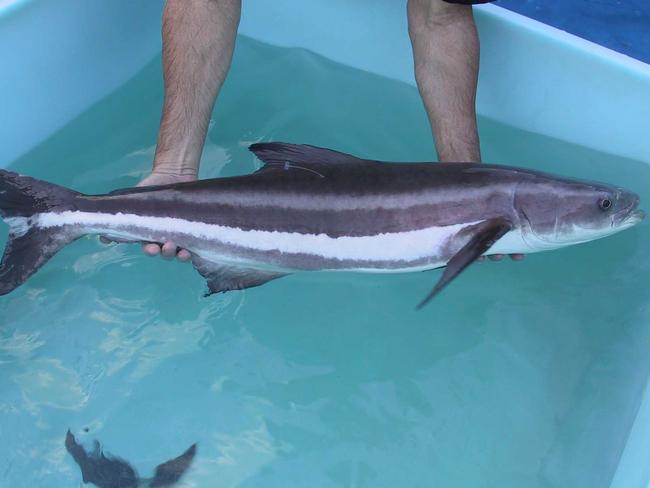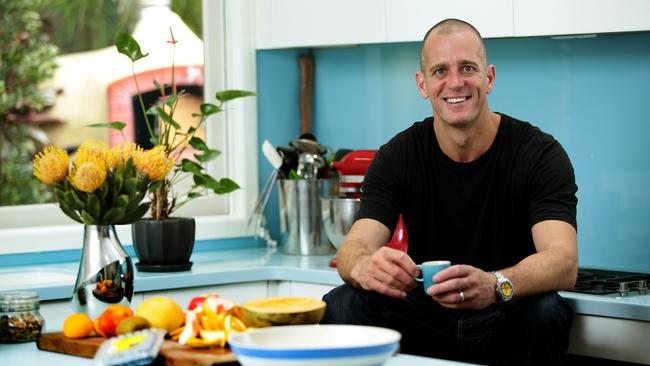Fast Ed: How to cook cobia fish with delicious results
ED HALMAGYI serves up baked cobia. The rich, pearl-white flesh is oily and delicious and a favourite among chefs. Find out why it can be a more sustainable meal than other fish.

Manly
Don't miss out on the headlines from Manly. Followed categories will be added to My News.
IN MANY parts of the world, our ocean’s marine ecosystems are in danger of collapse.
Several key factors are contributing to this: overfishing, the targeting of endangered species, techniques like benthic trawling and driftnetting, pollution, climate change, and human encroachment as a consequence of population growth.
Bluntly, the outlook is bleak, and the majority of scientists engaged in marine studies are pessimistic about the future.
There are realistic scenarios ahead in which fish becomes not merely a luxury that we enjoy only from time to time, but an impossibility. Already there are parts of the world where fish no longer live.
However, there is some good news as individuals and companies begin to promote genuinely sustainable fishing and throughout Australia you’ll find world’s best-practice operations.

Perhaps the most outstanding example of environmentally manageable aquaculture is found in far-north Queensland, just outside the township of Ayr.
An hour south of Townsville on the Whitsunday coast are a series of sprawling ponds that sit perched on the edge of the Coral Sea. The bright freshwater swirls and writhes as thousands of juvenile fish congregate for feeding time. This is a cobia farm.
Known locally as ‘black kingfish’, cobia is actually a type of remora, those sucker fish you see attached to sharks in nature documentaries. Its rich, pearl-white flesh is oily and delicious, and a favourite among chefs.
Available fresh from Christmas to June, and frozen for the remainder of the year, cobia is a perfect example of the potential of intelligent and responsible farming. Water quality is managed by an established series of mangroves, feed is provided by an extraordinary fishmeal replacement invented by the CSIRO, and careful breeding is being used to minimise input costs.
You’ll pay a little more for cobia, but that price reflects the fact that you are purchasing not merely the seafood, but the protection of our oceans — and that’s worth every cent.
THE RECIPE
Baked cobia with mushrooms and thyme
Ingredients: serves 4
● 4 large flat mushrooms
● ¼ cup extra virgin olive oil
● sea salt flakes and freshly-milled black pepper
● ½ bunch thyme, finely chopped
● 4 x 160g cobia fillets
● juice of 1 lemon
● hummus, to serve
Method
● Preheat oven to 200C. Drizzle the mushrooms with half the olive oil and season with salt and pepper. Scatter with the thyme, then bake for 20 minutes.
● Rub the cobia with the remaining oil and season with salt, arrange on a lined oven tray and bake for 8 minutes, until just firm. Carve the mushrooms and serve with the fish and hummus.



